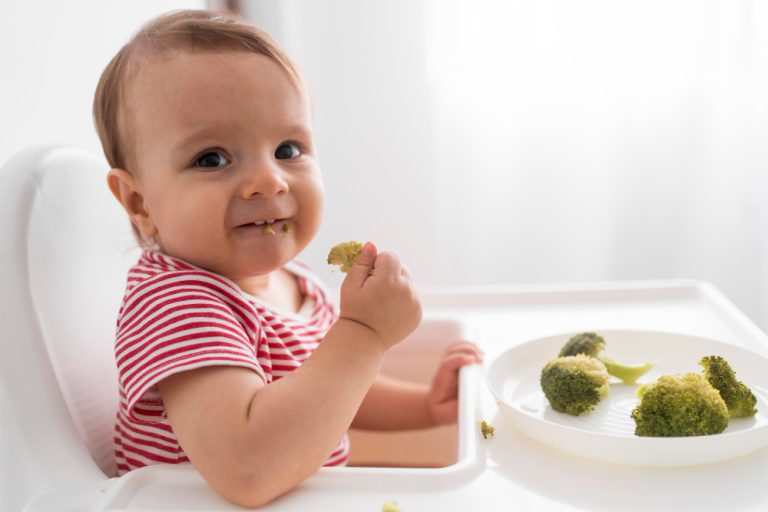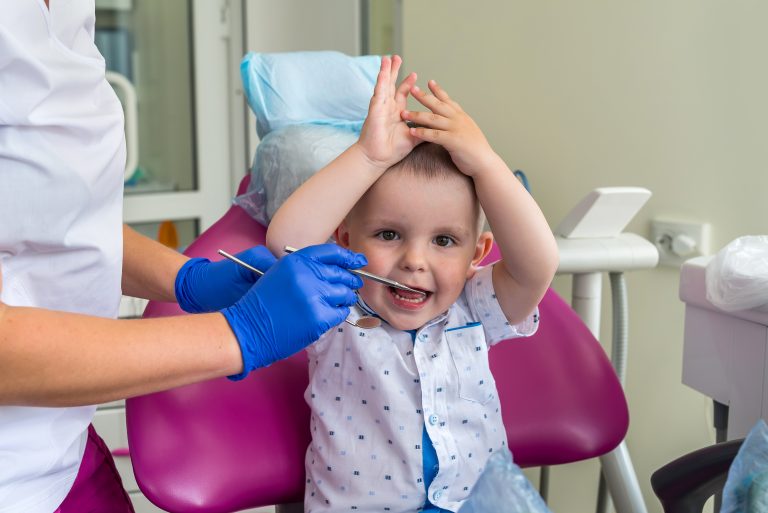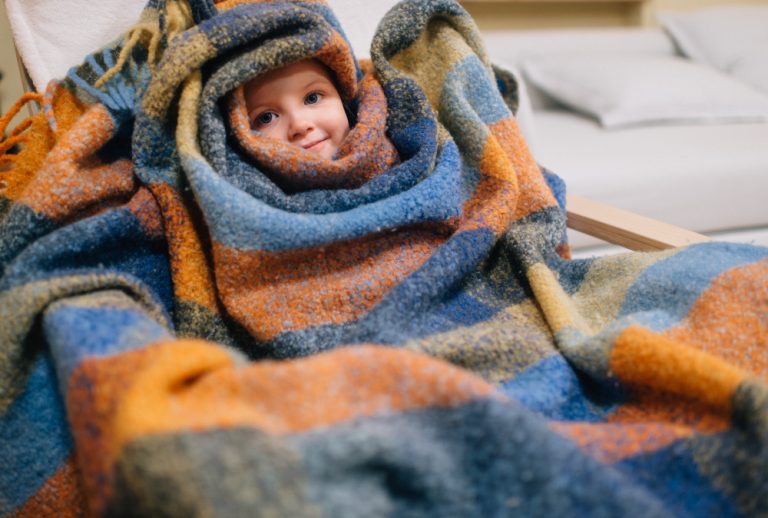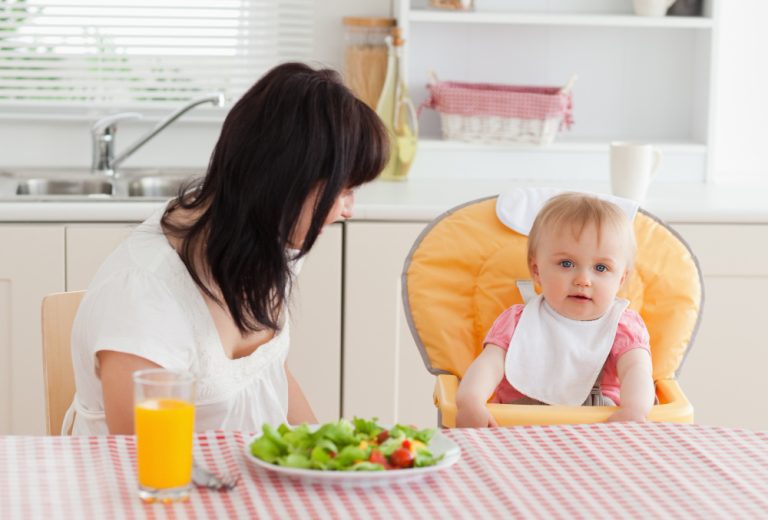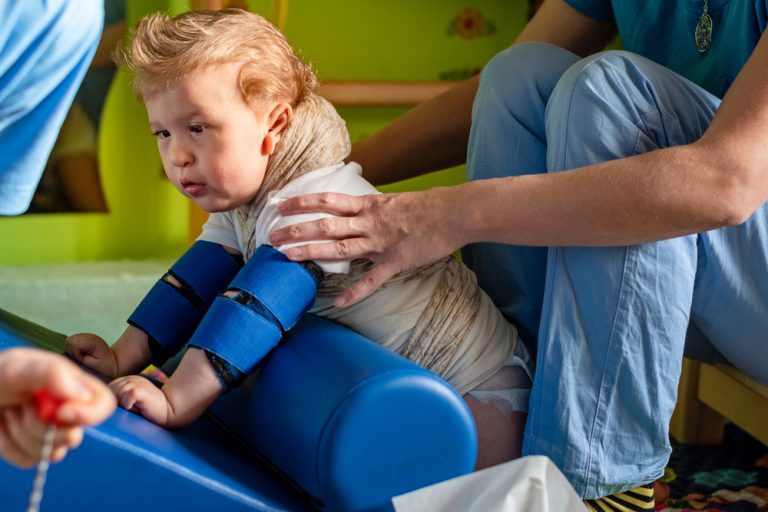When Do Babies Start Reaching To Be Picked Up? The 5 Stages
Are you eagerly waiting for your baby’s first gummy grin? Or the moment when they start rolling over on their own?
Well, there’s another exciting developmental milestone that every parent looks forward to – when do babies start reaching to be picked up?
This gesture is not only adorable but also signifies a growing awareness of their surroundings and a developing desire for connection and comfort.
So, have you been wondering when your little one will hit this milestone? Let’s explore this and more in this article.
Understanding Baby’s Reflexes and Early Development
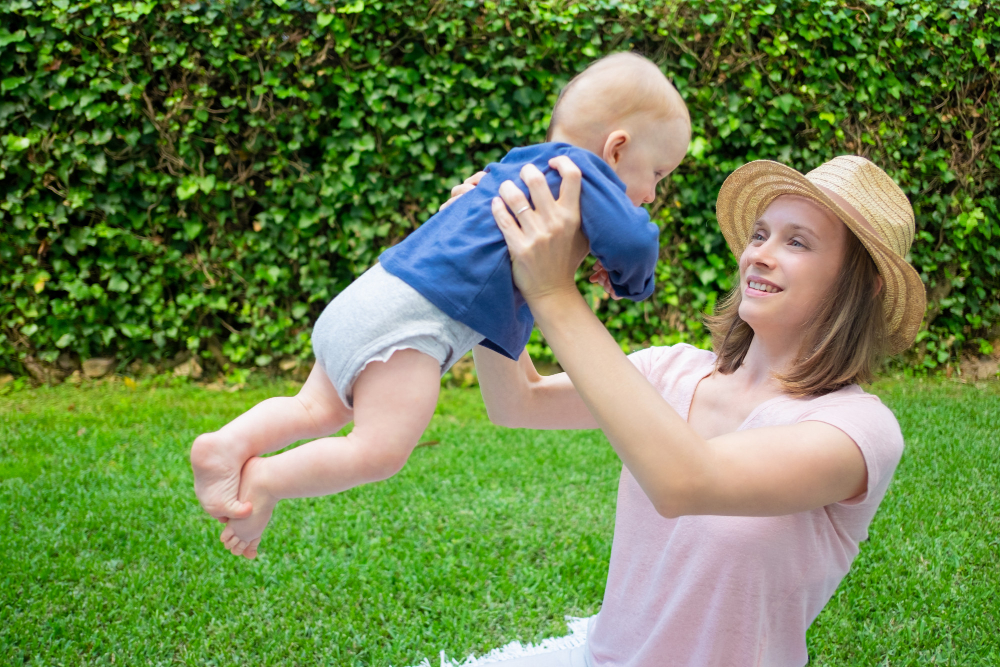
Infants are born with a natural set of reflexes that are crucial for their survival. One such reflex is known as the grasp reflex, which causes an automatic clenching of the fists when something presses against the baby’s palm.
This reflex plays an important role in helping the baby grasp onto their mother’s breast during breastfeeding, thus providing a sense of comfort and security. It is important to note that the grasp reflex is not the same as intentional reaching.
The Enchanting Journey of Reaching: A Timeline
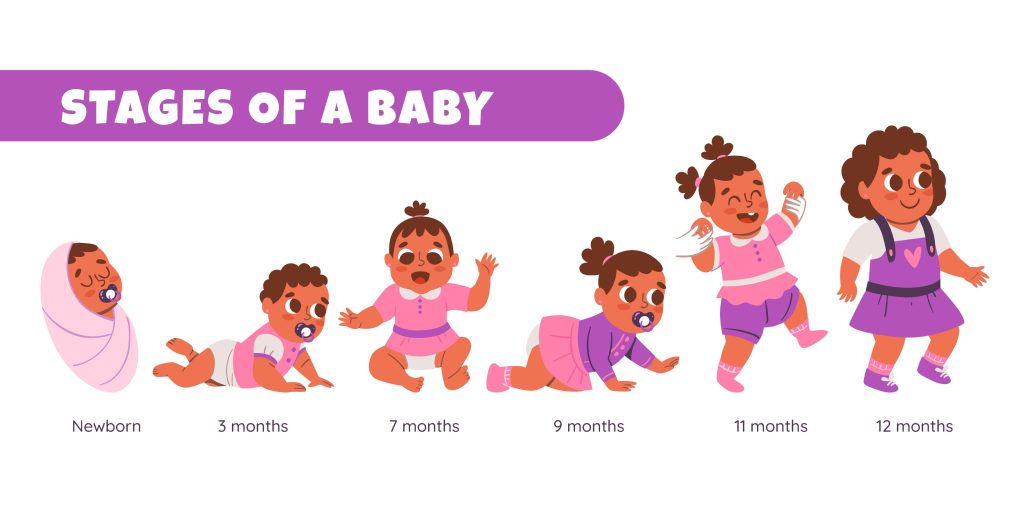
While every baby develops at their own pace, here’s a general timeline for when you can expect to see reaching behavior emerge:
- 1-3 Months
During this initial stage, your baby’s movements are mostly reflexive. They may swat at dangling objects or bring their hands to their mouth, but these actions aren’t yet purposeful reaching.
- 3-4 Months
This exciting period often marks the beginning of intentional reaching. Your baby will start to visually track objects and make swiping motions towards them. Initially, these attempts may be clumsy and imprecise, but they represent a significant developmental leap.
- 4-6 Months
As your baby’s hand-eye coordination improves, their reaching becomes more refined. They’ll begin to extend their arms with more purpose and may even be able to grasp and hold onto objects for brief periods. This newfound ability to manipulate objects opens up a world of exploration and learning.
- 6-9 Months
By this stage, reaching becomes a well-honed skill. Your baby will confidently reach for desired objects and may even be able to transfer them from hand to hand. This newfound ability to manipulate objects is crucial for developing fine motor skills and hand-eye coordination.
- 9 Months and Beyond
As your baby progresses towards their first birthday, reaching becomes even more sophisticated. They will start to use a pincer grasp (thumb and index finger) to pick up small objects and explore their surroundings with greater intentionality.
Engaging Activities for Encouraging Reaching Development

While reaching is a natural developmental milestone, there are ways you can stimulate and encourage your baby’s exploration:
- Tummy Time
Providing ample tummy time strengthens your baby’s neck and back muscles, which are essential for reaching. Place your baby on a play mat with colorful toys positioned just out of reach to entice them to stretch and reach for them.
- High Contrast Toys
Newborns and young infants are drawn to high-contrast colors and patterns. Mobiles, hanging toys, and brightly colored rattles can capture their attention and encourage reaching attempts.
- Interactive Play
Engage with your baby during playtime. Hold a toy just out of reach and slowly move it around, enticing them to follow it with their eyes and reach out to grasp it. Narrate your actions and describe the toy to stimulate their developing language skills.
- Sing Songs and Play Peek-a-Boo
These interactive games encourage reaching and anticipation. Sing songs with hand motions that your baby can mimic, or play peek-a-boo to elicit a reaching response when you reappear.
Remember: Every baby develops at their own pace. If you have any concerns about your baby’s development, including reaching milestones, consult your pediatrician.
The Importance of Physical Touch and Emotional Connection
While reaching is a significant developmental milestone, it’s important to remember that it’s also a form of communication. When your baby reaches for you, it’s not just about wanting a toy; it’s a cry for connection, comfort, and reassurance.
Responding promptly to your baby’s reaching attempts fosters a sense of trust and security. Picking them up, cuddling them close, and providing physical touch is essential for healthy emotional development.
When did your baby start reaching out to be picked up? Share your experiences and questions in the comments section below!
The Joyful Journey of Development: When Do Babies Start Reaching To Be Picked Up?
While there is no fixed time of when do babies start reaching out to be picked up, witnessing your baby reach out for the first time is a heartwarming experience. It signifies not just a physical milestone, but a growing desire for connection and exploration.
By understanding the typical timeline for reaching development and engaging your baby in stimulating activities, you can support their natural curiosity and foster a strong emotional bond. Clutch this precious journey of watching your little one learn and grow, one developmental milestone at a time.


